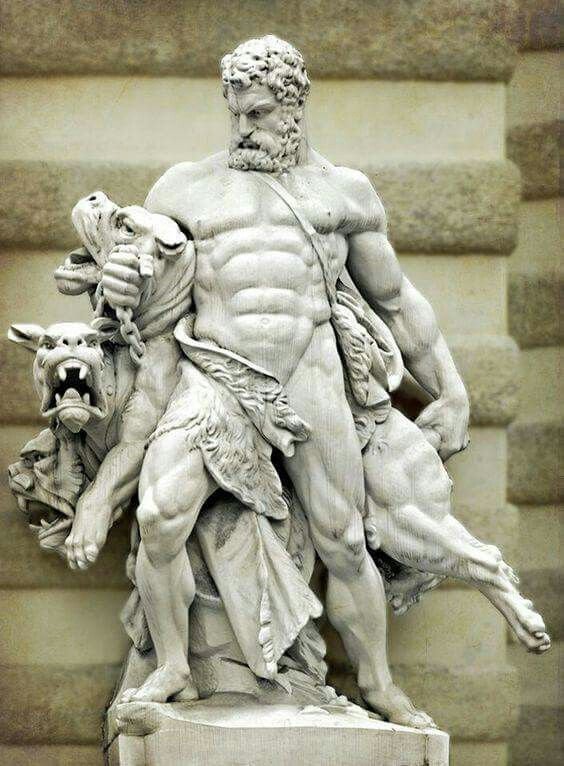A section dedicated to the ancient past. Created in collaboration with CLAHSoc
The Forum
How to Get Into Classics
Charlie Whittle provides a brief outline of a variety of ways prospective Classicists can approach the subject.
Ancient Fact File: Boudicca
Charlie Whittle explores the life and legacy of Boudicca, renowned for her courage and bravery in leading a rebellion against the Romans.
Ancient Fact File: Nerfertiti
Sofia dives into the little-known history of the ancient Egyptian queen Nefertiti and her iconic status today.
Ancient Fact File: Garamantes
William Budd explores the scientific prowess of the ancient Garamantes people.
Ancient Fact File: Socrates
One of the most prominent philosophers to have ever lived, Socrates has influenced thinkers for over two millennia. Sofia Lambis discusses the life and lasting effects of Socrates.
Ancient Fact File: Octavian
As the first Roman Emperor, Octavian’s rise to power and subsequent long rule as Augustus set the tone for the entirety of the Roman Empire. Esme Hill discusses his goal of preservation: to avoid his own assassination, and maintain his image of power even after death.
Saturnalia: the origins of Christmas?
George discusses the origins of Saturnalia, the Roman festival that has influenced the celebration of Christmas into the modern day.
Film Review: Gladiator II
Mia Townsend reviews the long awaited sequel, Gladiator II. She observes the historical accuracy, special effects and action throughout the film!
Ancient Fact File: Nero
Arts Editor Charlie Whittle explores Emperor Nero’s reputation, using a timeline to outline his ascent to emperor rule to his eventual downfall
Graffiti In Antiquity
Arts Editor Charlie Whittle explores the nature and role of Graffiti in the Ancient World
Modern Characterisations of Myth
Tia Sha speaks about how mythological characters are adapted to the modern screen. See how Orpheus and Eurydice and other characters are alluded to in different media.
REVIEW: Kaos
George Leggett reviews Netflix's new Greek mythology-inspired show Kaos. He reflects on the duties an adaptation does or doesn't have to its source material, and how much the show can be enjoyed regardless in this review, comparing the myths to their modern retellings.
First Time Roman Buyers
Shannone Corbett provides a light-hearted guide to living in Ancient Rome, offering insights for those considering investing in their first dwelling, whether in the slums or on the Palatine. It explores navigation in the city, mentioning the Forma Urbis Romae, a marble map depicting Ancient Rome. Memory and landmarks played a crucial role in getting around.
The Restoration of Spectacle Buildings in the Imperial Period
Maya Wood looks at how during the imperial period, the restoration of prominent structures, including the Circus Maximus and the Colosseum, served various objectives for emperors.
Roman Curse Tablets
Charlie Whittle looks at how ancient Roman curse tables were used to strike fear into the hearts of the public to prevent crime in Roman Britain.
‘Classical’ Leadership in War
Alex Daley looks at what the ideal ‘Classical’ military leader needed and how that contrasts to the ideas or modern day military leadership.
Lamashtu amulets and motherhood in Ancient Mesopotamia
Rowan Hulatt looks at how the monster Lamashtu and amulets in Ancient Mesopotamia were linked to motherhood, fertility and childbirth. Whilst also discussing how as a demon Lamashtu was both a scapegoat and an outlet for mother’s anxieties.
‘A Fatal Thing Happenedon the Way to the Forum’ by Emma Southon: Review
George Leggett reviews ‘A Fatal Thing Happened on the Way to the Forum’ by Emma Southon, a book all about ancient Rome and murder.
Disney’s Hercules and the false vilification of Hades
Long deemed as a depraved and uncomplicated symbol of evil and death, Carys considers depictions of Hades, adding nuance to the morally ambiguous figure of Greek mythology





















